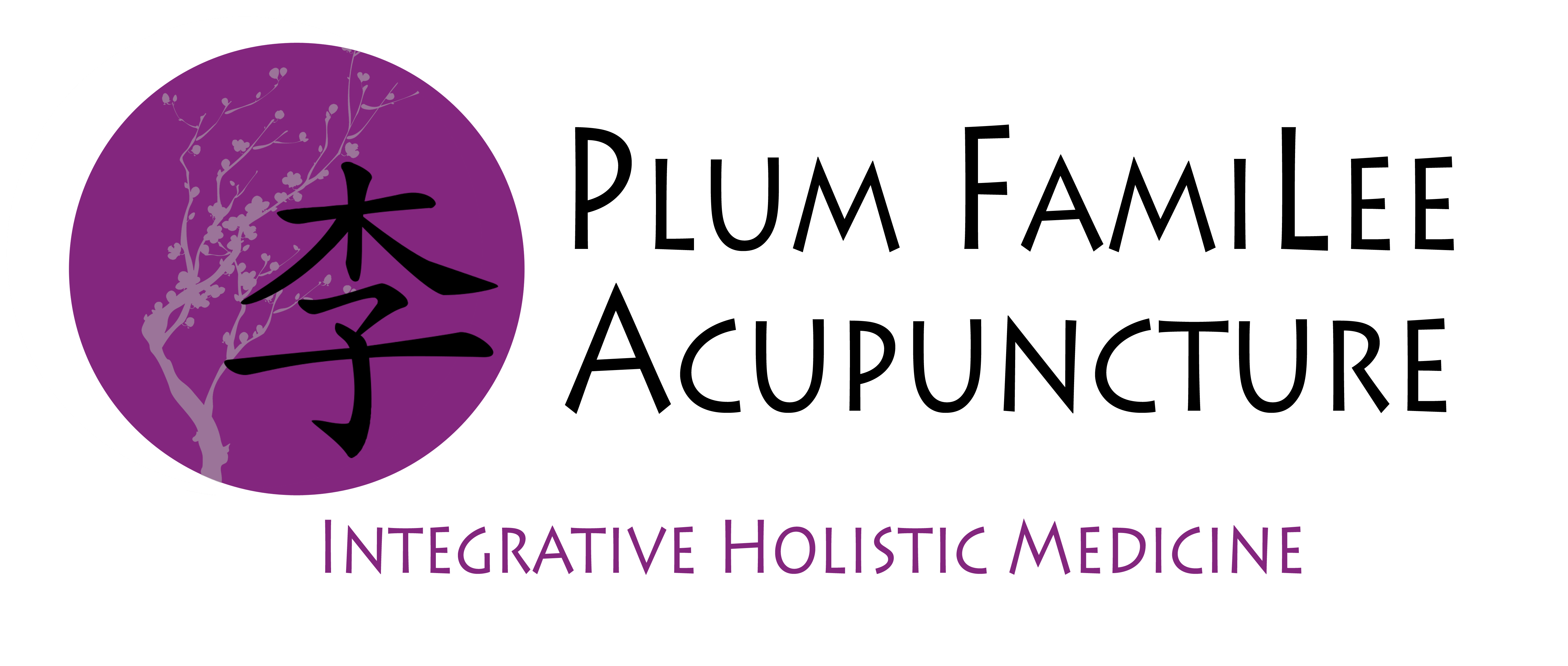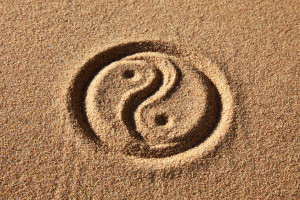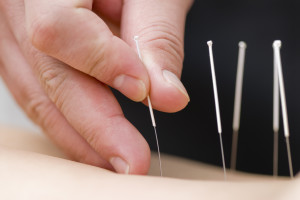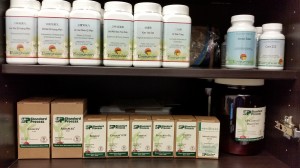About Oriental Medicine
Oriental Medicine
Oriental Medicine, or Traditional Chinese Medicine, is a centuries-old practice. Some of the many modalities under the Oriental Medicine umbrella include: acupuncture, moxibustion, cupping, Gua-sha, Qi Gong, and herbal medicines/supplements. Oriental Medicine is deeply rooted in the Taoist philosophy of Yin and Yang balance. The goal of Oriental Medicine is to achieve and maintain balance within the body. Imbalances within the body manifest as a symptom, ailment, or disease. In contrast, a well-balanced body is able to maximize the use of its own self-healing properties.
Acupuncture
Acupuncture is a central part of Oriental Medicine. It is the insertion of hair-thin disposable needles, made of surgical stainless steel, into parts of the body. Acupuncture involves the manipulation of the flow of energy and bodily fluids through an intricate system of meridians, or channels. When the body is imbalanced, so is the flow through these meridians. There may be too much flow in some meridians and not enough in others. By inserting needles in specific locations, the practitioner acts like a traffic director, regulating and balancing the flow within the affected meridians.
Herbal Medicines
The use of herbal medicines/supplements is another aspect of Oriental Medicine. It is employed in conjunction with acupuncture to achieve and maintain balance within the body. Whereas acupuncture works to restore balance from the exterior, herbal remedies aim to achieve the safe effect from the interior. In contrast to modern pharmaceuticals, the prescribing of herbal remedies depends on underlying causes, and does not rely solely on present symptoms.



